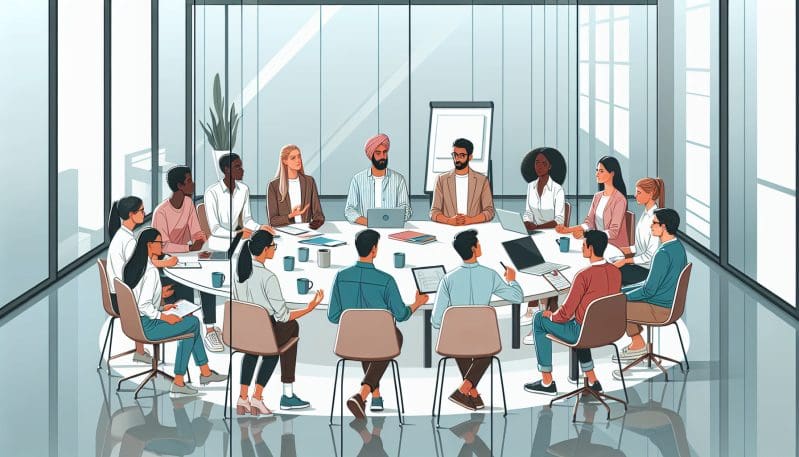Creating Inclusive Workplaces: Strategies to Combat Structural Bias and Inequality
- Home
- Creating Inclusive Workplaces: Strategies to Combat Structural Bias and Inequality
- Editors Desk
- January 11, 2024
- 0 Comments
In our rapidly evolving workforce landscape, the call for equity and inclusivity has never been more pronounced. As we navigate through shifting economic conditions and increasingly diverse populations, it becomes imperative for organizations to address the systemic issues that contribute to workplace bias and inequality. The dialogue around creating inclusive environments is not new, but the urgency to dismantle structural barriers is mounting, prompting a deeper examination of the modern work environment.
First, let’s consider the root causes of workplace bias and inequality. One predominant factor is the legacy of historical prejudices that continue to influence hiring, promotion, and compensation practices. These biases are often perpetuated by a lack of representation in leadership, which can lead to a workplace culture that is not reflective of, nor responsive to, the diversities of its workforce. The perpetuation of a ‘cultural fit’ hiring approach can inadvertently exclude those who do not mirror the existing workforce, while unconscious biases may result in less favorable treatment for certain groups of employees.
Additionally, systemic inequality is entrenched in the very structures of some organizations, where policies and processes have not evolved to support diversity and inclusion. This is seen in the gaps in compensation, the disparity in opportunities for career advancement, and the prevalence of tokenism in diversity initiatives that do not address deeper cultural shifts.
No Worker Left Behind aims to bridge these gaps with targeted strategies that encourage genuine inclusivity. By fostering inclusive leadership, we advocate for leaders who not only reflect the diversity of the workforce but also possess the necessary skills to manage and appreciate diverse teams. This involves leadership training as well as deliberate efforts to diversify the leadership pipeline.
Transparent hiring practices are fundamental in mitigating bias. By implementing standardized recruitment processes, anonymizing resumes, and diversifying hiring panels, organizations can move towards more equitable hiring outcomes. Moreover, ongoing diversity and bias training for all employees, especially those involved in recruitment and management, is vital for maintaining awareness and accountability.
Equitable career progression pathways are also crucial. This means ensuring that all employees have equal access to mentorship opportunities, career development programs, and clear, non-discriminatory criteria for promotions. By regularly reviewing and adjusting these pathways, organizations can create an environment where every worker has the chance to thrive based on merit.
Now, what actionable steps can organizations take to materialize these strategies?
1. Conduct an organization-wide audit to identify areas where bias and inequality may be present, from recruitment to remuneration.
2. Develop a comprehensive diversity and inclusion strategy with clear goals, milestones, and accountability measures.
3. Train all employees, with a strong emphasis on leadership, to recognize and combat unconscious bias.
4. Create transparent career progression frameworks and ensure they are communicated and accessible to every employee.
5. Encourage and facilitate open dialogues around diversity and inclusivity to foster an environment of learning and empathy.
6. Engage in partnerships with organizations like No Worker Left Behind to gain insights and support for your diversity and inclusivity initiatives.
In conclusion, the work towards creating truly inclusive workplaces is continuous and requires a steadfast commitment from all levels of an organization. Through understanding, actively addressing systemic inequalities, and implementing robust, fair practices, companies can cultivate an environment where no worker is left behind. By doing so, not only do we advance societal equity, but we also unlock the full potential of our workforce, leading to a more innovative, productive, and harmonious work environment for all.


Leave A Comment